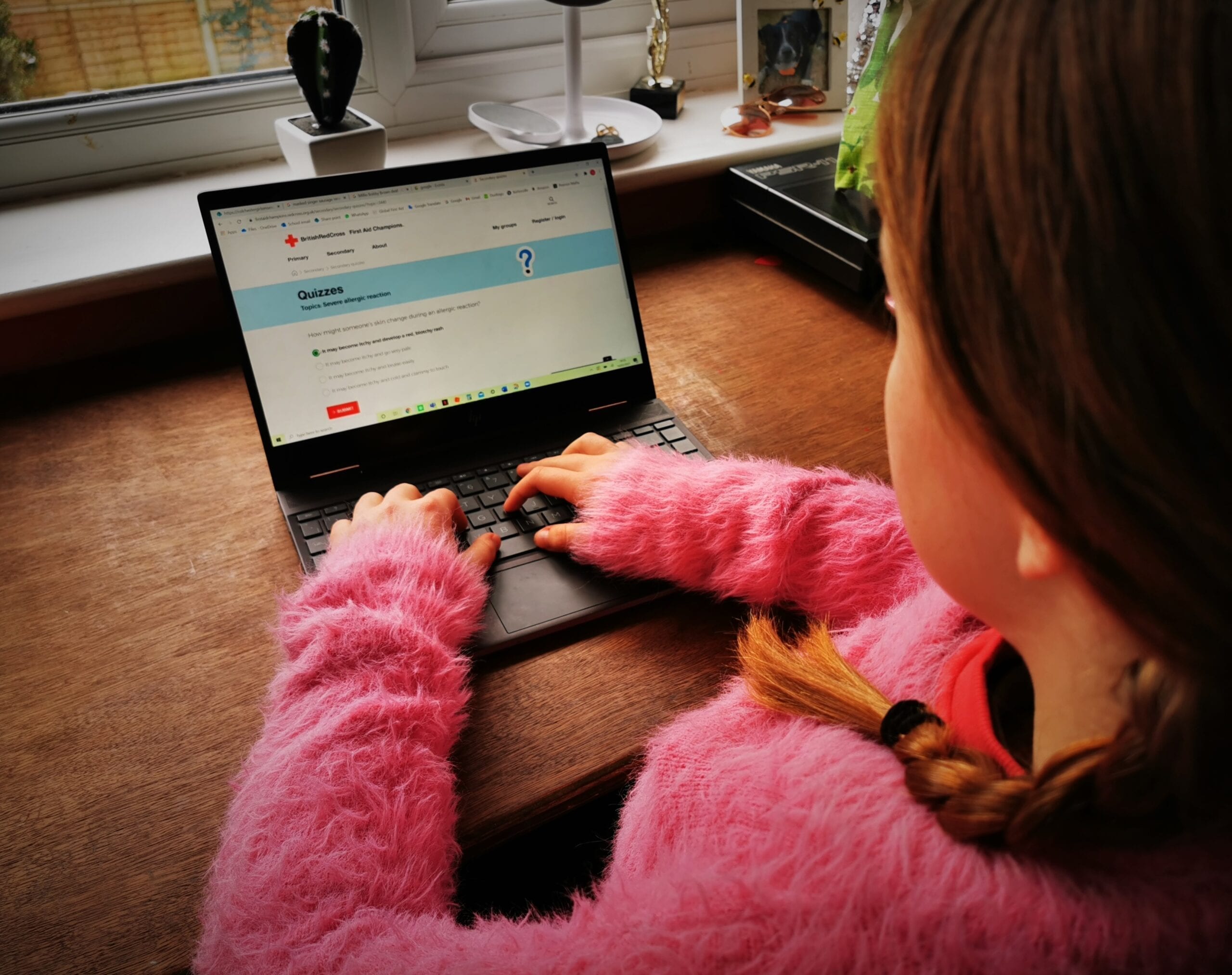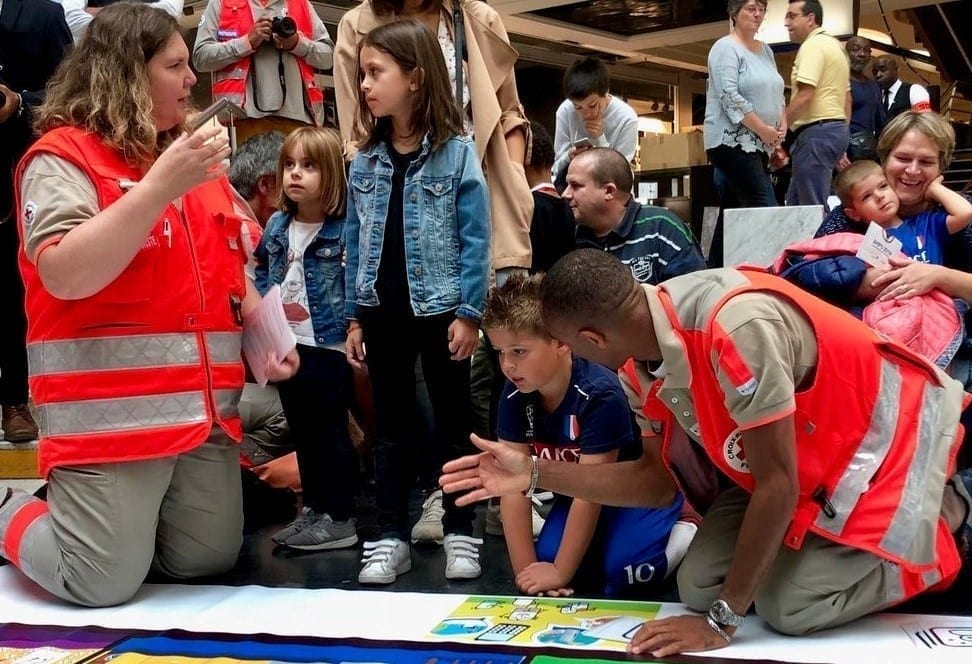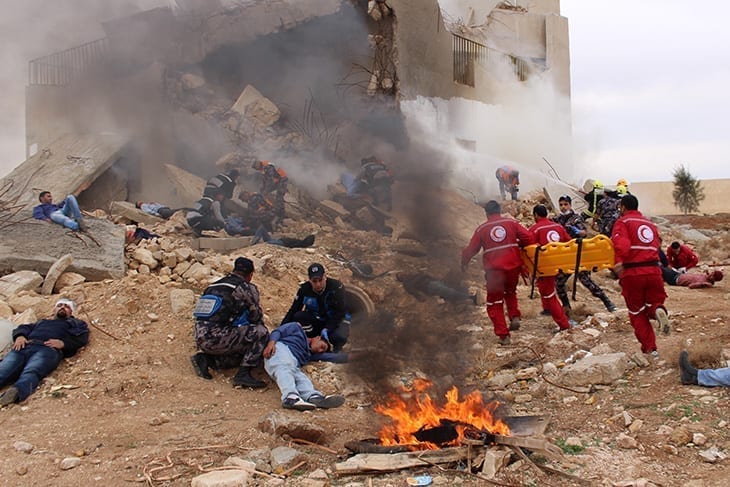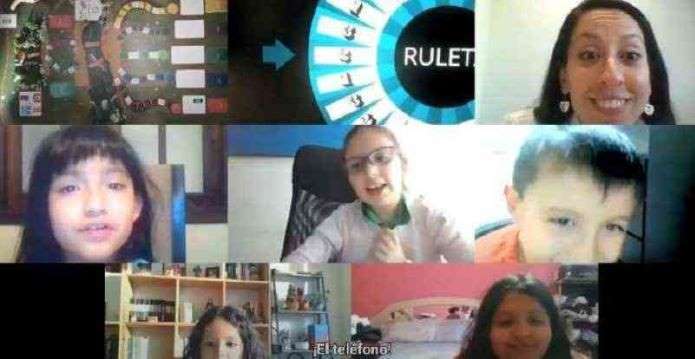GamificationApply gamification techniques to first aid education to reach a broader range of learners, repeat learning over time or to reinforce learning from other sources (e.g., facilitator-led sessions). Save this page as a PDF Gamification is the application of game elements (e.g., collecting...
Disaster contextEnsure that first aid programmes are built on a foundation of preparedness that includes preparedness of individuals, families, communities and emergency services to respond to disaster situations. Disasters can be natural (e.g., earthquakes or flooding), man-made (e.g., explosions...
First aid educationAs the largest provider of first aid education in the world, it is our duty to provide high-quality, accessible education so everyone can give help safely and effectively in a first aid emergency. Here, we provide the essentials for aid programme designers to do this....
Conflict contextPromote the first aid provider’s safety and security before giving lifesaving first aid care in first aid education. Conflict areas are common and ever-changing. Preparing people for the injuries they may encounter in these situations is important across cultural, political...
Online learning for childrenUse online learning to increase children’s first aid knowledge. Save this page as a PDF Online learning refers to self-directed or facilitator-led interactive learning tools accessed on digital devices such as tablets, phones or computers. Approaches...
Motivation to learn first aidConsider the individual’s specific motivation to learn and use this to inform the planning and content included in first aid education. Save this page as a PDF People have different motivations to learn first aid, the strongest being a requirement to attend...






